Executive summary: the last bastions of mirrors have both joined the brave new world. Nikon’s effort feels like a D850 and an E-M1.2 met in a bar and had an illegitimate child. Yes, it’s expensive; yes, for the most part, it performs pretty much how you’d expect. It doesn’t feel like a first effort except for a couple of relatively minor things (as it shouldn’t given how long Nikon took to release it) – if anything, they should be commended for releasing it when ready rather than as soon as possible. And yes, I bought one.
I’ve now had a couple of days to do shoot my production/ retail Z7, 24-70/4 and FTZ adaptor, and my thoughts follow. More images to come as I have time to shoot with the camera; I rushed this out in the middle of a family vacation – the first one since before I started photography professionally.
Updated 23/10/18 after extended battery testing.
Updated 28/10/18 after long distance testing of the 24-70.
Advance disclaimers and warnings: This is going to be a very long read; at least two cups of coffee, or four or five espressos. It may well be the longest review I’ve written to date. I bought the camera at retail on release day with my own money, and have no incentive to say anything but what I really think. I won’t be posting full size samples because it’s pretty much a D850 image-quality-wise, and for the usual copyright reasons and inability of the internet to respect intellectual property. ACR now supports the Z7, so observations on image quality refer to RAW performance. Please don’t ask me to test various combinations of lenses or compare it to other cameras I don’t own etc. as these are pretty much infinite and I have limited time and resources available. I didn’t review the D850 because I was under contract with Hasselblad and didn’t have time, but I’m pretty darn familiar with it, having shot over 30,000 frames with mine. With that, let’s move on.
From the point they could have released FF mirrorless, they took a very long time – nearly five years, by my estimates. Nikon is a conservative company, and in the meantime have released a lot of very good DSLRs – the D850 is probably the best all-round DSLR I’ve used, with no major flaws that come to mind – and abandoned the 1 System. (I suspect of the reasons we haven’t seen larger format mirrorless from them earlier was the poor performance of the 1 System – which was as much a lack of clarity of concept as a marketing failure.) The Z7 basically takes a D850, updates a few things and shoves them inside a new, smaller body with slightly fewer control points. It’s not groundbreaking and continues a lot of existing design and ergonomic paradigms (such as a lens-coaxial viewfinder position instead of an ergonomically more comfortable corner one), but like the D850: it doesn’t get much wrong, either.
Let’s clear the spec sheet first: new Z mount, 36x24mm, 47MP with 493 PDAF focus points on sensor; 9fps maximum with mechanical shutter; 5fps with electronic front curtain up to 1/2000s, about the same with full electronic shutter with no speed limit. Flash sync is slightly slower tha the D850 at 1/200s, but with FP sync support available. RAW files in steps from 12 bit compressed to 14 bit uncompressed; UHD video at 24/25/30p and 144mbps, or 1080P up to 120fps and uncompressed 10 bit 4:2:2 output over HDMI. It is not the same sensor as the D850 (that lacks PDAF), but a derivative. It has sensor cleaning too, and adds custom U1-2-3 modes to the top left mode dial – something users of Nikon’s pro cameras have long envied from their consumer brethren. On top of this, there’s wireless connectivity via Bluetooth and wifi; this allows full remote control from the SnapBridge app, or better yet: a sort of rudimentary wireless tethering function where images are automatically sent to a computer after capture, providing you use Nikon’s unintuitive Wireless Utility software. It won’t do FTP, but this is better than nothing for now. All in all, this is an impressive spec sheet – in something that’s got noticeably less internal volume than a D850 even after subtracting mirror and pentaprism.
Nikon claims the new body has the same construction quality and weather sealing as the D850; it feels similarly solid and dense in hand. Doors, ports and buttons are gasketed. We have a new, wide-diameter, ultra short flange mount to enable much faster lenses, easy adaptation and higher image quality: a wider throat means a larger exit pupil and better telecentricity, and more compact lens designs since a rear correction group isn’t required. There’s also a sealed FTZ adaptor that delivers full functionality with existing lenses – and a tripod mount, for better balance. It works as advertised, but perhaps there was a missed opportunity to include additional controls or filters like Canon (probably patented).
It’s a small camera: think E-M1.2, or Pen-F with grip, which is amazing considering the sensor is four times larger and it retains IBIS. The grip is much larger than most other mirrorless cameras, but still not tall enough for your pinky finger – an L bracket/extension would probably solve that. (The promised future battery grip just brings you back to DSLR size and bulk, though it isn’t clear where it communicates with the camera, as there are no extra terminals on the bottom a la D850 or in the battery compartment).
I am very appreciative it uses the same EN-EL15 battery type as most of the recent Nikon DSLRs; however there is a new ‘b’ variant that has slightly higher capacity and has circuitry to support USB-C charging (the camera now has a new port, too). This is a good thing for Mac users as you no longer require a separate card reader or charger; just do it with your existing power adaptor. Note however that this cable does NOT transfer data – I learned that the hard way on location and had to transfer images over wifi for this review, which was not fast at all.
On the controversial subject of cards – the change was inevitable as SD cards are reaching speed limits, and we’re now at the threshold where other form factors are cheaper for high capacity and fast (an equivalent size XQD is much cheaper than SD UHS II, and UHS II isn’t even as fast). XQD makes sense for Nikon since they’ve been including these slots already for a few years now, and early adopters are likely to have the cards. I don’t, but appreciate that I can share them with my D850 and they aren’t as expensive as CFAST. They’re extremely fast (you almost never notice buffer clearing, and file access is instant) and clearly more robust than SD cards. Dual slots would have been nice, but a) I don’t mind the reduction in body size from it and b) I almost never use the second slot anyway except as storage for a spare card. Buy a larger card or use your pocket.
The UI has mostly been ported over from the D850/D5/D500 etc., but with the inevitable (and maddening) small changes. If you’ve used a Nikon DSLR in the last decade, you’ll be right at home. It’s a mature, if lengthy, menu system that is starting to need an overhaul in organization, and especially in the way shortcuts are handled such as the various ‘i’ ‘disp’ ‘info’ buttons. Whilst you could ignore them on previous DSLRs because there are hard controls and information elsewhere, you now can’t because there are fewer hard buttons and additional controls are required for EVF behaviour and information overlays. Configuration of the ‘i’ button and ‘my menu’ are something you’ll want to take your time over, except what can be assigned to the various menus and buttons and shortcuts isn’t universal or as consistent. I’m glad they kept the top panel status display (now a variable brightness OLED) because you don’t need the power hungry rear LCD running all the time just to check your settings.
It seems the CIPA battery test numbers are misleading, or run the camera under unrealistic scenarios: merely 330 shots. I suspect like all mirrorless cameras, actual battery life in use is related closely to sensor-on-time. Switching off between shots and enabling all of the LCD-off features undoubtedly extends life massively. Regardless – in my part of the world at least – the Z7 included a USB-C AC adaptor/charger in the box. Shot like I would do my D850 (power off between short periods of spaced single shots), I see something like 600-800+ frames on a full charge. This is pretty much all-day for me; a single spare is likely enough for a day, ignoring the fact that you can handily top off power over USB-C when it’s in your bag. Unfortunately one of the other changes is that we have lost the battery status menu – five segments is all you get, without percentages or battery condition. (10/1/19: As several people have pointed out, it’s still there I stand corrected. Somehow I managed to miss this menu item until now.) It’s also worth noting the camera doesn’t get hot, or even warm in normal use. I suspect this also has a positive effect on image quality since we don’t have a hot sensor.
23/10/18 update: After a few cycles on the batteries, it seems that I’m now seeing more like 1200-1400 shots per charge. By comparison, shooting the same way with my D850 yields about 2000, a PEN-F about 600-700, and the A7RII about 150. Hasselblad longevity is not comparable as I leave those cameras on all the time due to startup time. In short: whatever Nikon have done to optimise battery life on the Z7, it’s phenomenal.
Fortunately, the Z7 has the option to turn both LCD and EVF off unless you raise the camera to your eye (at which point the EVF and sensor turn on): this is smart, because it extends battery life considerably. Whilst it doesn’t power on and give you a finder image as fast as a D850 (which is of course instant) – it’s impressive for a live view only camera, and one if not the fastest I’ve used. It also doesn’t take varying amounts of time to start depending on what state the camera is in (ahem, Sony). The EVF itself is equally impressive: a 3.8m dot OLED panel with 80% magnification and 100% coverage; compare this with the already excellent D850 at 75% magnification. It’s also the first EVF on which I can comfortably see the entire display with my glasses on. Pixels are invisible and dynamic range of the panel is excellent, with subtle but dynamic brightness changes that really do make this the closest thing to an optical finder so far. It’s probably helped by being an OLED panel (offering deeper blacks than conventional LCD) and still has further temperature/tint/brightness manual adjustments to fine tune to taste.
There’s a couple of flies in the ointment, though. If you enable post-shot review, the camera seems to go through a clunky series of operations in which the EVF blacks out then shows the image then blacks out again before returning to live view – I can understand the video fees switching and the sensor having power cycled, but it’s probably the only part of operation that isn’t fluid. Disable it and the camera is instantly ready for the next shot. There is also no way to set live exposure clipping warnings; which is a big deal because one of the key strengths of mirrorless is the ability to control exposure precisely and really get all of the performance possible out of the sensor. Instead, you either have to guess or lose a corner of the frame to the live histogram. At least there are no other intrusions into the composition apart from that.
In a massive personal disappointment, the protect key is also gone – zipping through a sequence zoomed in and hitting protect then delete all was a very effective curation method I’m now going to miss (and have to be careful to alter my behaviour with the D850 too, to avoid an accident). There’s no easy selection and manipulation of multiple images, either. And when you have something selected off a button with the rear LCD disabled, it goes to minimum brightness – immensely irritating in bright light outdoors as you can’t see the screen and must use the EVF. Why they can’t mirror the information in the status OLED or match screen brightness to the normal setting is beyond me. I’m also convinced the cluster of three buttons under your thumb is in the wrong order: your thumb naturally falls over DISP/still/video; this should swap positions with the joystick since that would be used more frequently and is programmable. The current joystick position isn’t always comfortable.
And then, there’s the AF. As others have reported, AF behaviour itself is good: the camera is very fast, accurate, and doesn’t seem to hunt much under any light conditions except the very lowest. It has a much larger field of coverage than any other Nikon, and decent tracking ability (though I think the D850 is still better). It doesn’t get fooled into false positives on clipped or backlit subjects; if anything, treat it like a true PDAF system: it likes point sources to lock on to, unlike a CDAF system that gets confused (it actually doesn’t seem like there’s any CDAF behaviour in the Z7 at all).
The bad is the interface: the Z7 not only lacks the sensible point grouping options of the D850 (offering only wide, wider and everything), and there’s no old-style 3D continuous AF auto-tracking mode that engages by half pressing the shutter. Now you need to select the subject before tracking begins, and moving to the subject itself is slow – even when limited to selecting every alternate AF point. This seems like a step backwards, even if having nearly complete frame-coverage of phase detect AF points, eye/face detection and touch to focus is light years ahead. Oh, and we’ve also lost the dedicated magic focus mode toggle/button: you have to sacrifice another function button for that.
I’m complaining unnecessarily, though. The reality is that the Z7 focuses as quickly and accurately with no hunting, but sports shooters may find actual configuration and selection clunky. The rest of us can adapt easily, and there’s no difference in behaviour with legacy lenses: they focus as fast as on a D850, but with higher accuracy (and oddly, AF tuning options). In a nutshell, behaviour of the AF system itself is very confidence-inspiring, and results back it up.
Next we move on to IBIS: Nikon has long been a staunch supporter of in-lens VR, which is more effective for longer lenses (where it started) as it compensates for shake with angular displacement of an lens group to bend light back to center, rather than lateral displacement of the sensor plane to ‘catch’ it. It’s less effective for wide angles as there’s only so much you can bend before you hit the physical exit pupil of the lens and run out of coverage. Thus their inclusion of IBIS is somewhat surprising (Canon chose to exclude it on the EOS R). We are told that it works in five axes with Z lenses, three axes with adapted lenses* (similar to VR), and five axes with VR lenses (the sensor the axes the lens can’t).
*Separating stabilization out from the lens isn’t a bad thing: the sensor is only a single optical component that requires alignment, and this can be tuned electronically if there are five axes of motion. With a lens, adding another optical element in the middle that’s not easy to center and planarise dramatically increases the risk of optical degradation.
It also works with manual lenses, and takes the focal length setting (required to compute the correction amount) from the manual lens setting in the setup menu. Like all IBIS systems, it’s subject to the laws and limits of physics: a larger, heavier sensor with higher resolution has to move further, faster and in smaller, more precise increments than a smaller, lower resolution one. This requires more power; and unless everything else increases in size too, FF IBIS is always going to be less effective than M4/3. My testing suggests 3 stops, perhaps 4 for wider lenses, is about what you can reasonably expect; it feels about as effective as Sony’s system, but not as good as Olympus. The system is most effective paired with electronic front curtain shutter mode, which is now always-available. I wouldn’t use full electronic shutter due to readout time and apparent bit depth limitations (further testing required), and I’ve seen evidence of shutter shock interactions at certain speeds using the full mechanical shutter and IBIS – further testing here is required. I’m also expecting at some point we’ll see a version of the mechanism that also provides pixel shift high resolution options, even if they tend to be only deployable under a very narrow operating envelope in practice.
On to image quality. I have the least to say here because it’s the most familiar/ known part of the camera: for all intents and purposes, this has the same performance envelope as the D850. It has the typical characteristics of the latest generation of sensor: very good dynamic range of around 15 stops providing you get exposure correct, but some color shifts in the lower midtones and shadows if you find yourself needing to push in post (but oddly, minimal noise penalty, suggesting ISO-invariance). Note that color response is typically Nikon, i.e. not that accurate; and way behind Hasselblad-neutral. Early testing suggests this is not quite the same as the D850, either. It has a partially exponential tonal response curve – the default rendering is towards darker midtones, which must be lifted in post. (D-lighting still creates ugly haloes; avoid it.) Noise remains very well controlled, with perhaps some slight improvements (1/2 stop or so) on the D850; I wouldn’t hesitate to use ISO 6400 or even 12800. Pixel level ‘bite’ is also on par: in other words, excellent if you have critical focus and critical lenses, but falls off quickly if you don’t.
A note on the purported banding: I haven’t seen it in my testing, but that’s not to say it doesn’t exist if you push the image 5 stops (why on earth would you do that rather than properly exposing in the first place? This kind of testing boggles the mind because they are not scenarios encountered in actual photography). In practice: if you get exposure right and don’t do silly things in post, dynamic range is as much as you need and comparable to the D850.
Unfortunately, Nikon’s JPEG engine still lags behind leader Olympus. However, it seems to product much finer sharpening and gradations now, and is better than previous iterations (including the D850). There are also new clarity and midrange sharpening settings – though all Nikons still lack the PEN F’s HSL bias wheel and every Olympus’ shadow/mid/highlight tone curve adjustments. I was hoping that SOOC JPEGs would be good enough to replace the PEN F for casual scrapbook photography, alas B&W remains a challenge: the shadows are too crushed, the midtones lack detail and the highlights appear to be clipping. Perhaps more experimentation is required. I did however manage to find a pleasing setting for color, based off the Portrait preset.
On video quality: I don’t have the expertise to comment extensively, but despite the number of options given for video (finally, separate control assignments and picture control settings!) I’m surprised it isn’t better, to be honest. There’s enough rolling shutter that you need to be careful (again, a la D850). No log gamma modes unless you record over HDMI, but the Flat picture control comes close enough (and can be flattened even more). The stabilizer is useful for working handheld, as is the waist level flip LCD, but it’s not as effective as an E-M1.2 – you’ll still need a gimbal where you wouldn’t with the Olympus.
Three lenses on the new mount were launched with the camera – a Swiss Army knife collapsing 24-70/4, a 35/1.8 and a 50/1.8. All are sealed and have new completely silent stepless motors optimized for both stills and video, and fly-by-wire focusing; the lens rings are also reprogrammable to other functions. Focusing feel is decent, but there’s still a bit of lag in fine movements – I don’t think any camera company has gotten this right yet. Oddly, they feel more like Sigma Art primes in construction and finish than traditional gold ring Nikkors. They also delivered a whole marketing spiel about why f1.8 is the new f1.4 and how they’re no longer economy lenses (i.e.: charge us more for less) – but sarcasm aside, I have said for a long time that moderate speed primes are really the best tradeoff between size and performance.
However, you will eventually want native lenses to make the most of the new system (5 axis, size, weight, optics at the edges) but in the meantime there are plenty of F mount options to fill the gap. Ergonomics are imbalanced of course, but at least continuity and coverage are there, and operation isn’t clunky: AF-S, VR etc. lenses work as you are used to. I appreciate how it minimizes cost of entry (like the battery choice) without but still offers access to the full system. Arguably, the Z7 might well be the best adapted lens platform yet: large sensor, stabilization, peaking, excellent viewfinder, one touch 100% magnification and any combination of the above. Yes, Sony offers this too, but ergonomics and UI/UX aren’t as good. Leica isn’t even close, though this may change with the Panasonic S1R. The Otuses are so easy to use (if very imbalanced).
I have the Z 24-70/4 (being the only one available and of interest to me so far); construction is sturdy but mostly plastic (with some sticktion to the action), but the same applies to my trusty [24-120/4] and that hasn’t let me down yet. There are two remarkable things about this lens: firstly, the collapsed size is tiny: it’s the same size as the primes, or say an 85/1.8. The second thing is it’s neutrality: it isn’t crazy sharp like an Otus, but it isn’t soft, either; microcontrast is middling; macrocontrast is middle to high, and it’s slightly better stopped down (peaking somewhere between f5.6 and f8). It definitely matches the resolution of the sensor. But what’s amazing is its consistency across the focal range, most focal distances and across the frame, even into the extreme corners. Remember: this isn’t a prime; it’s a collapsing compact wide-to-portrait zoom, with very short back flange distance.
This is the first time I’ve seen this kind of behaviour in a zoom: normally there’s an obvious resolution peak in the middle, with the edges only catching up a couple of stops down. Furthermore, chromatic aberration (both longitudinal and lateral) and flare are almost zero. You really have to get something very bright in the frame at wide to see even slight ghosts. This is solid evidence of the performance improvements that come from a larger mount, larger exit pupil (32mm!) and higher telecentricity. On top of that, focus is completely silent and nearly instant, and you have the benefit of a very short 30cm minimum distance from the focal plane at all focal lengths. There is some degredation in resolution close up, but it was never designed to be a macro. Bokeh is smooth and highlights are circular, with little evidence of onion rings, hot edges or corner cat-eyeing.
28/10/18 update: It seems that at very long distances (>100m subject distance) there is some field curvature that causes corners to render soft. Oddly, it isn’t very visible on near subjects even if planar – which is why I didn’t notice it until this point. It does go away with stopping down and appears to be somewhat recoverable with sharpening. Unfortunately this is a significant point against what is an otherwise really impressive lens.
On an absolute scale, what we have here is not revolution but thorough evolution – much as the D3 was in its day. And as the D3, this represents a massive quantum leap of innovation for conservative Nikon; though the Z7 isn’t the second coming of sliced Jesus there are enough solid improvements over the D850, and not too many compromises (some of which are firmware-fixable). For a first try, it’s remarkable effort. Put another way: I don’t care what the fanboys say, but we’re now on the third generation of Sony A7 (fourth, if you count the A9) and they still don’t operate as smoothly.
If you’re not bothered by the D850’s size and weight, don’t need stabilization in all lenses, don’t shoot video, don’t use a lot of manual focus – then you can skip this generation*. But if any of those things apply to you for any meaningful portion of the time, you’re likely to find the Z7 is a worthwhile addition. Just remember that there are some differences in control paradigm, with heavier reliance on customizable menus and far fewer customizable buttons. Don’t get me wrong, though: Nikon has managed something impressive: a mirrorless device retaining all of the advantages of mirrorless, but still feeling and operating with the immediacy of a good DSLR. MT
My ACR profiles and custom JPEG Picture Controls for this camera (and the D850) are available here.
The Nikon Z7 in various combination bundles is available here from B&H or Amazon. As usual, referral purchases cost you nothing extra but do help to support the costs of running this site.
__________________
Ultraprints from this series are available on request here
__________________
Visit the Teaching Store to up your photographic game – including workshop videos, and the individual Email School of Photography. You can also support the site by purchasing from B&H and Amazon – thanks!
We are also on Facebook and there is a curated reader Flickr pool.
Images and content copyright Ming Thein | mingthein.com 2012 onwards unless otherwise stated. All rights reserved
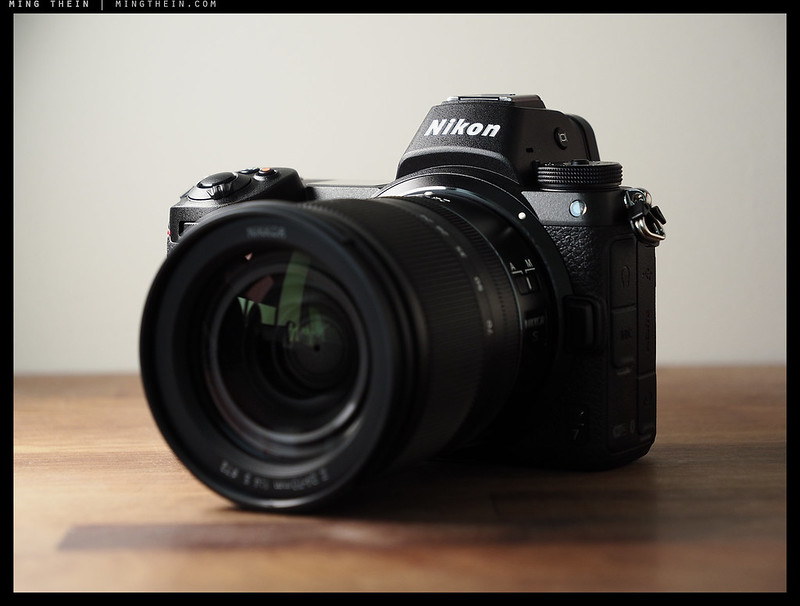


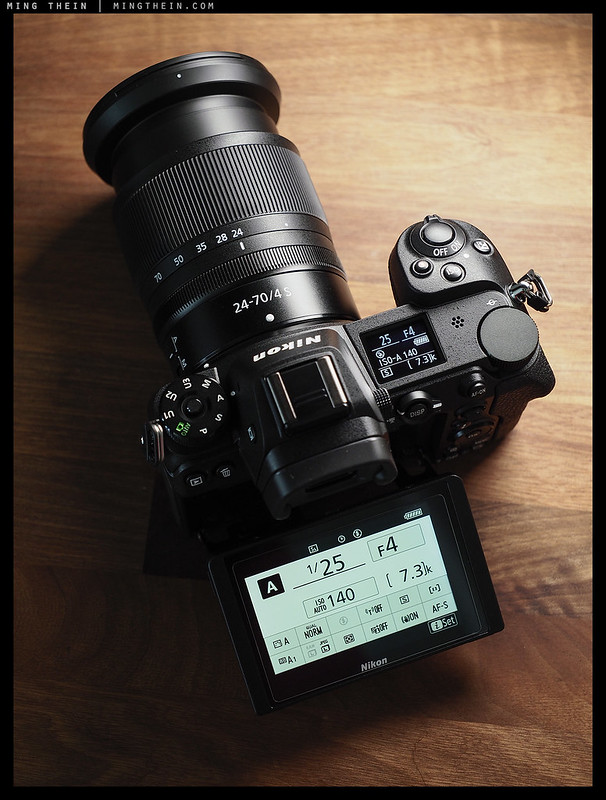
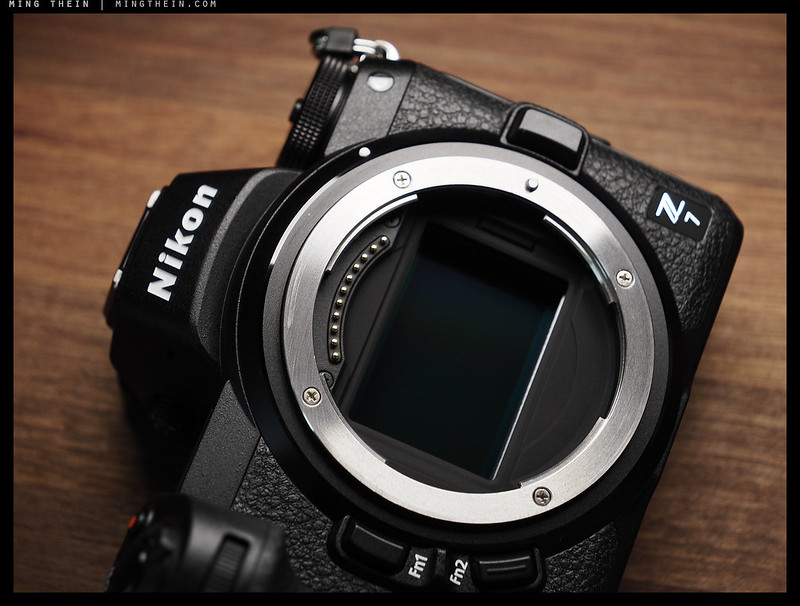

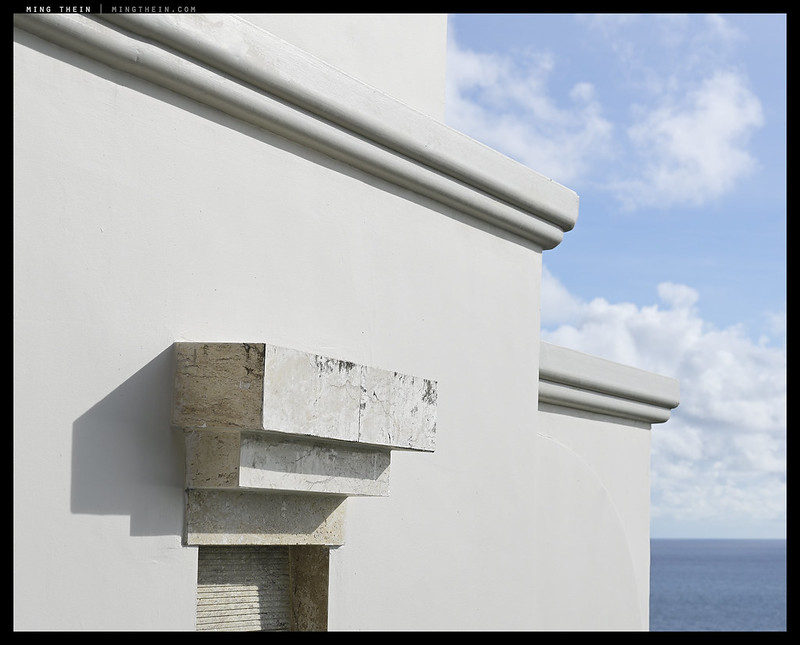
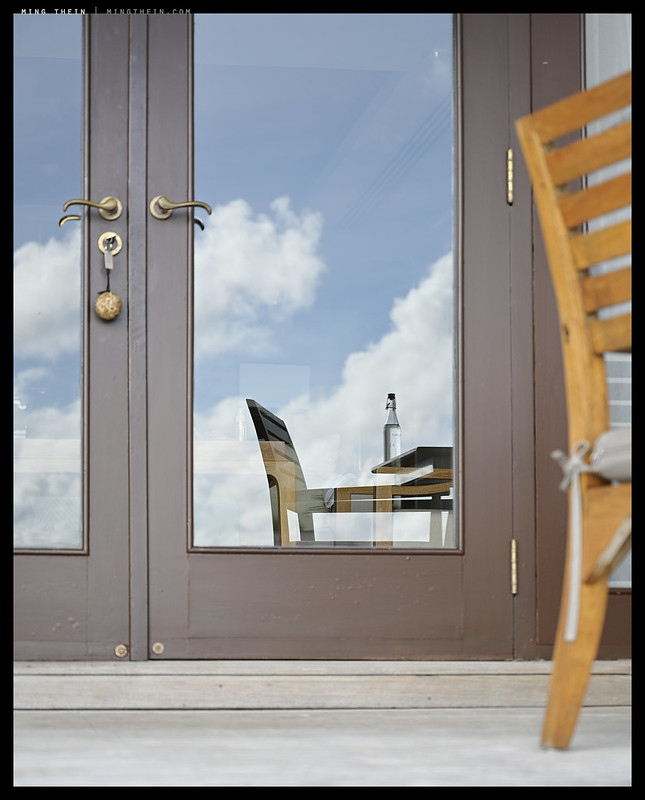
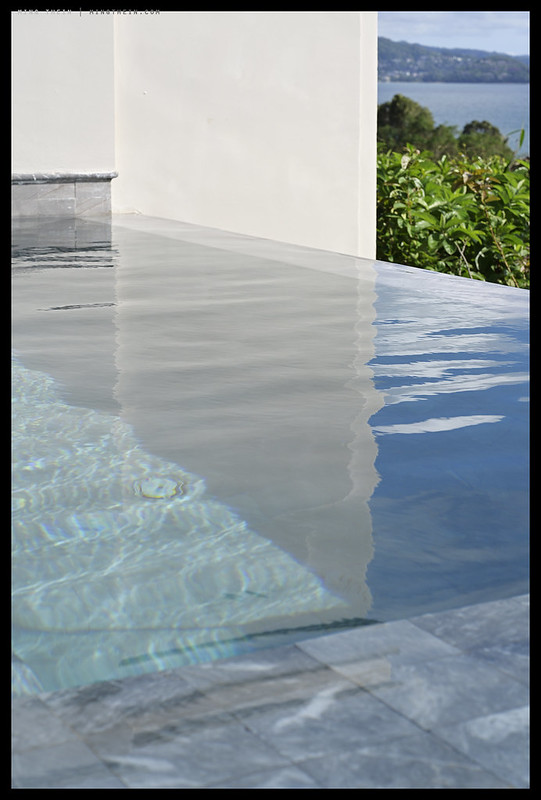
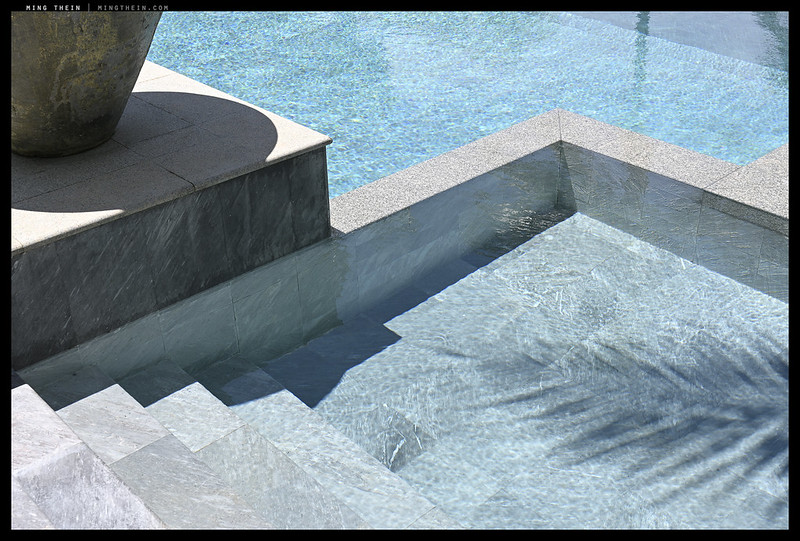
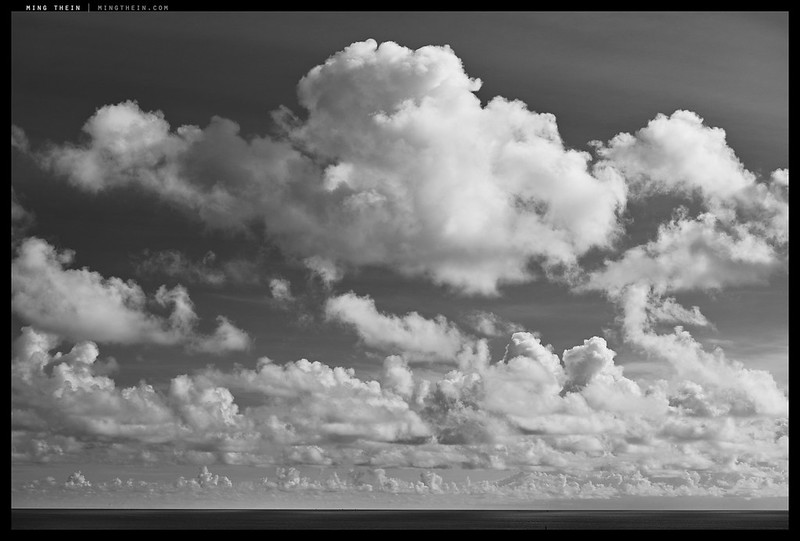
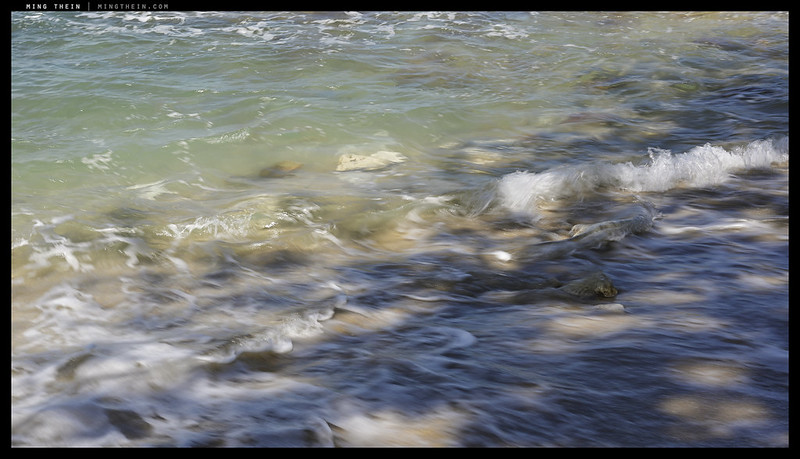
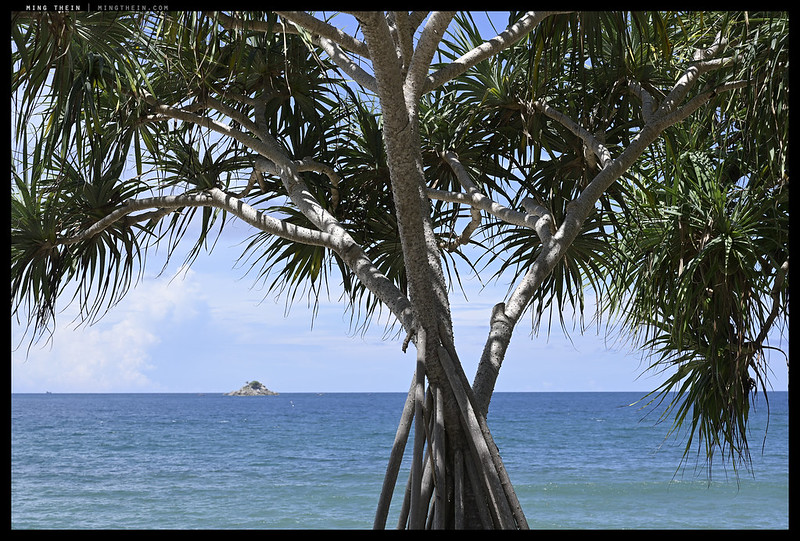


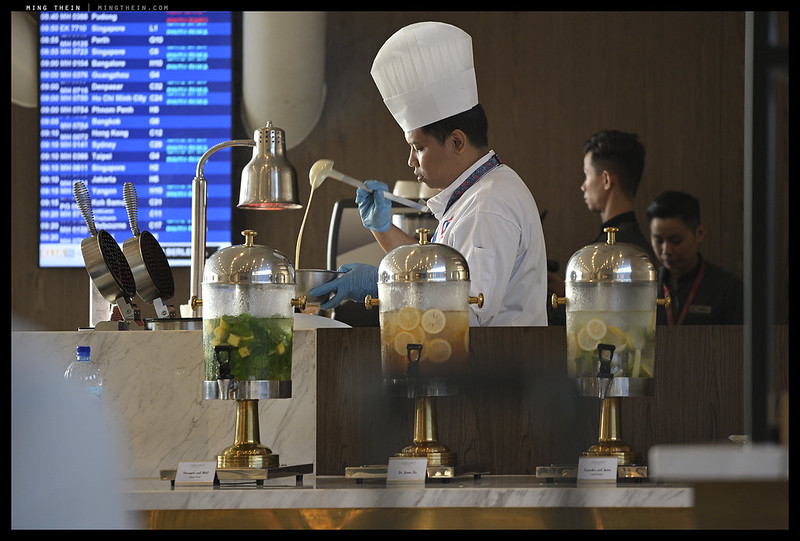
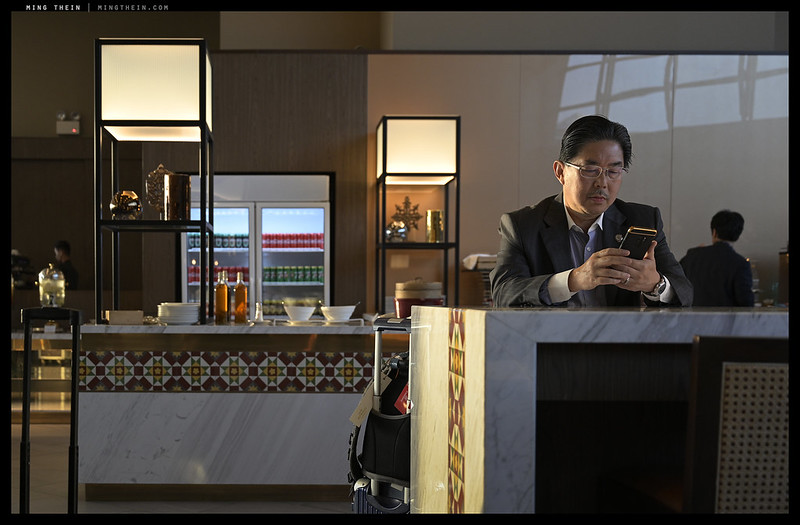
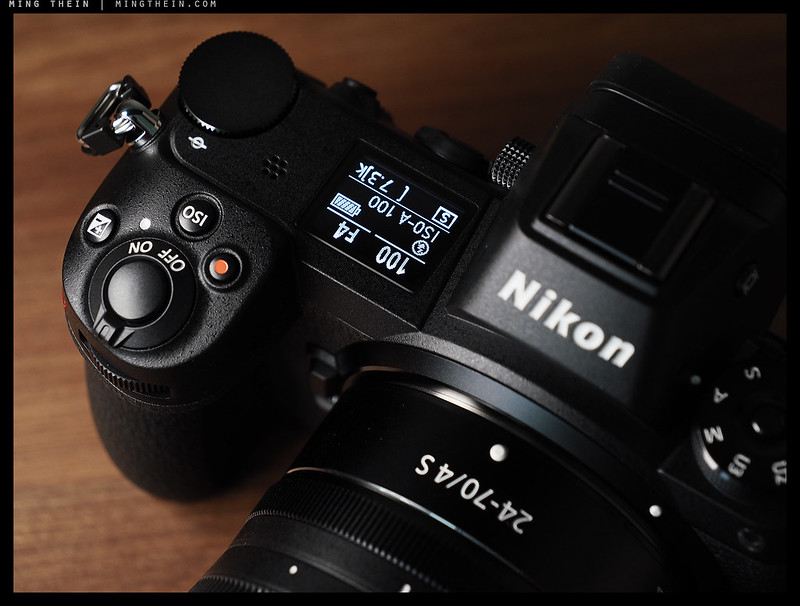





[…] series was shot with a Nikon Z7, mostly the 24-70/4 S and my custom SOOC JPEG profiles, with a couple of cameo appearances from an iPhone 11 […]